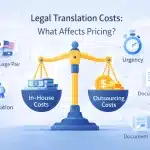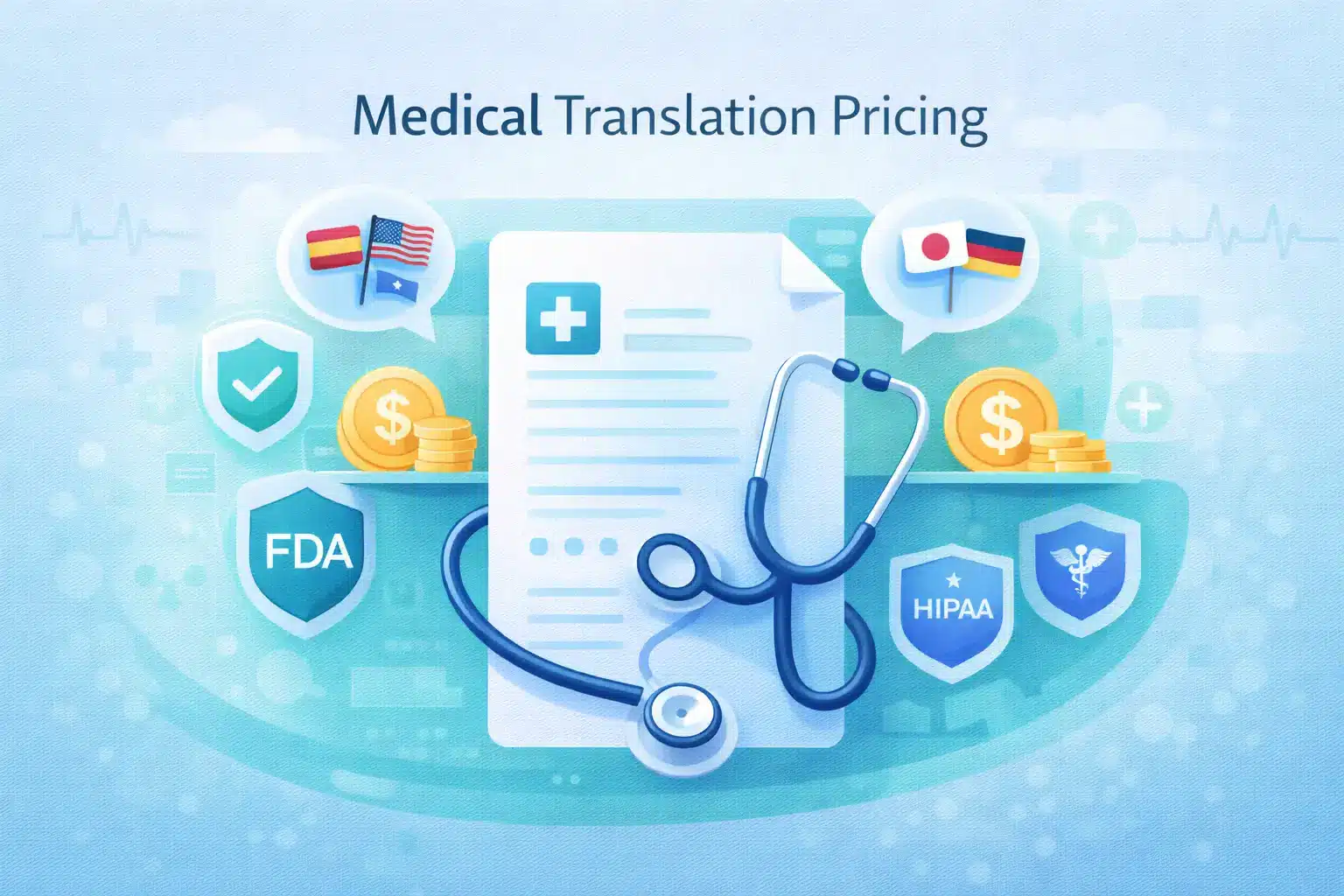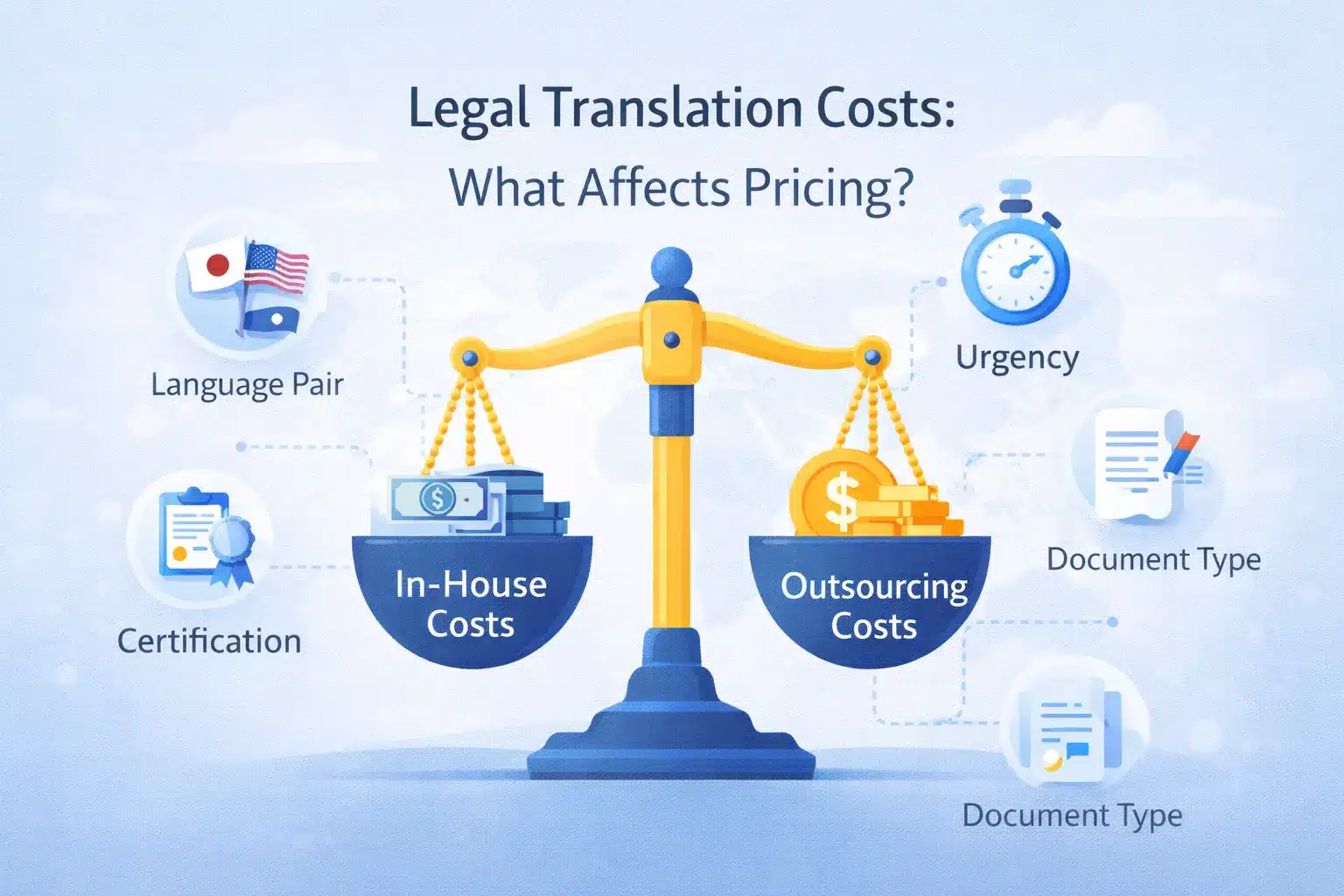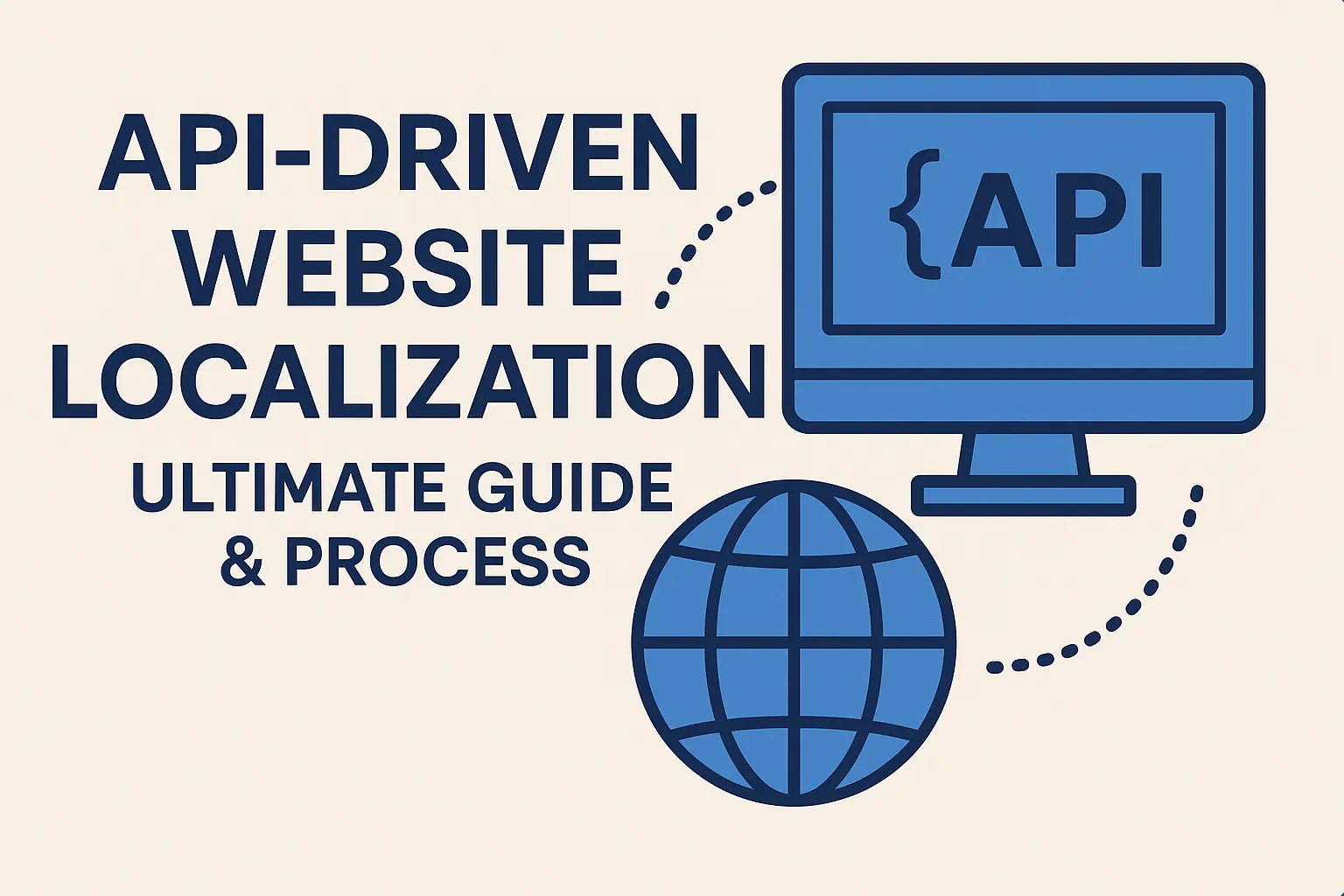Translation is not only about seeking words in another language with a similar meaning; rather, it is about looking for suitable ways of saying things in another language. Similarly, translating advertisements is not just converting ads from source language to targeted language. The whole process of translating ads embraces various cultural nuances and elements.
To make the target audience aware of the brands or products, companies use big budgets on print ads, television adverts, social media ads, etc. they use these platforms as an advertising tool. And when it comes to expanding your brands on a global level, it is important that you translate your marketing ads into the native language of the targeted audience.
Advertisement Translations
Advertisement translation refers to converting an ad designed for a certain audience into a format that resonates with the audience that speaks another language. Translating ads is the whole process of visual and audio elements so that your message reaches your target audience successfully. Your ads must be translated, transcreated, and localized in a manner that conveys the intended message to your targeted audience.
If you want to know the things one must consider while translating ads, keep on reading!
Cultural Context
Advertising is surely an art of conveying the information of a brand to its consumers. Advertisements help consumers understand your brand story, convey your unique selling points (USPs) and why they should buy your products. To make ads memorable and compelling enough, companies add humor and references from pop culture in their ads. However, when it comes to translating those ads into other languages, such cultural elements do not translate well. Your ad can only be successful when it fits the cultural context of its audience properly.
In addition, when it comes to linguistic context, you need to be careful about your language to translate your advertisement. Because picking up the wrong choice of words or phrases can offend your brand’s user, and your brand will turn into a negative message.
Offending Content
Language isn’t the only thing that can be offensive; symbols, imagery of ads, and other things that are culturally accepted in your domestic market can be offensive in the foreign markets. Even the largest corporations make mistakes from time to time, resulting in unintended consequences when their advertisements are translated. It’s critical to get advice from localization experts to ensure that you don’t unwittingly insult the very people you’re attempting to market your products.
Selection of Marketing Channel
For translating ads, it is essential to look at suitable marketing channels that serve your target audience best, whether it is print media that will meet your requirement, electronic or email marketing campaigns or social media platforms. It is important that you consider marketing channels before launching your translated ads campaign.
Research about Target Market
Data is another important aspect of translating ads. Make sure you carry out thorough research about which data protection laws apply to the target market? Does it allow you to run cold email campaigns? What should you do when collecting email addresses according to the marketing activities of your website? Again, all of this needs to be decided before the translator gets started with translating ads.
Slogan’s Translation
Slogans are something that gives the company recognition. People who don’t even know about the brand, just by hearing the slogan, can make a picture in their mind about your product. Sometimes, it becomes difficult to exactly translate ad slogans in targeted language that ultimately affect the brand’s reputation.
Besides that, translated slogans may have different meanings and often do not convey the brand’s original message. Here come the translation services to the rescue! By hiring professional translation services, you can provide your global audience with the literal meaning of your ad in their native language and avoid diluting your brand value.
Intent of Ad’s Headline
Many customers read the taglines and headlines first and the whole ad material only if the headline piques their interest. The translator must maintain open lines of communication with the customer, and both sides must understand the other’s expectations of them. The translator should consider all of the details and bring out any cultural differences that may affect the final translation of the ad’s headline.
Keep Tone and Style Simple
Before translating advertisements, know the preferred tone and style of your audience. A good translator must know whether it would be best to have the formal or informal approach by keeping in mind the audience type. The ad content translated must be appealing to all ages of primary and secondary consumers.
Wrap Up
Advertisement is the reason behind the recognition of any company. Effectively translating ads helps you develop and succeed in your business. Any mistake in this advertisement translation process may have a negative impact on your brand.
To prevent yourself from such mistakes, Circle Translations is offering the service of translating advertisements. We have experienced translators who translate your marketing ads keeping into consideration all the cultural nuances of your targeted audience and without losing the literal meaning of your ads.
Subtitles

Professional and Accurate Subtitle Services for your Videos.
- Video subtitles specifically tailor-made for improving accessibility.
- Using highly experienced subtitlers with years of industry experience.
- Professionally written and expertly timed.
Translation

We help the world’s top companies translate their content in over 73 languages!
- We localize content for internet websites, games, travel, cryptocurrencies, and more
- Expand your global audience by adding different languages.
- We work only with qualified translators and experienced content creators
Audio translation

Ensuring full accessibility for Blind and visual impaired audiences.
- Visual descriptive events as they occur in the video.
- Working with top audio describers to perfectly describe what is happening on-screen
- Professional sound recording.














